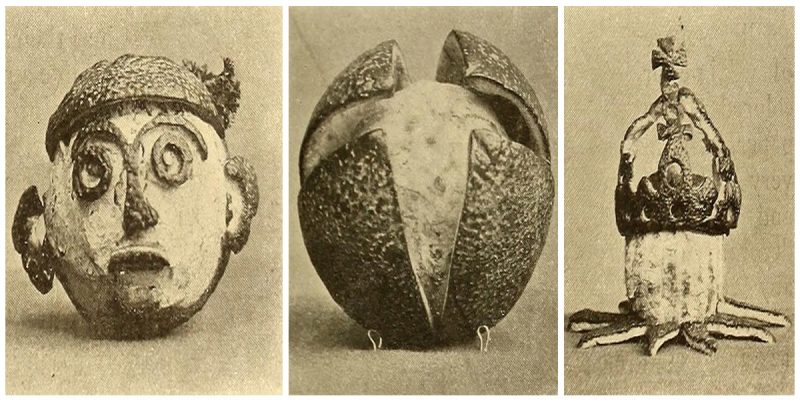In December 1910, American Homes And Gardens magazine featured an article by Harold J Shepstone entitled “The Art of Ornamental Orange Peeling“. Through reading it you will learn how to make “Artistic Table Decorations From The Rind of The Christmas Fruit”.
IT IS surprising what can be done with the conventional orange in the way of converting it into an artistic table ornament.


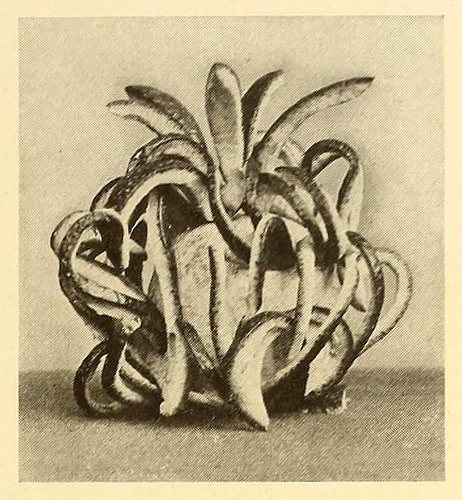
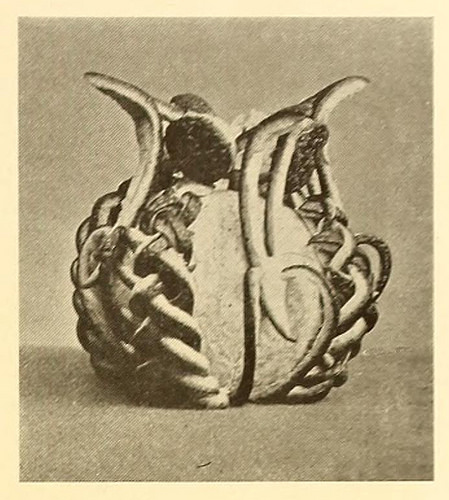
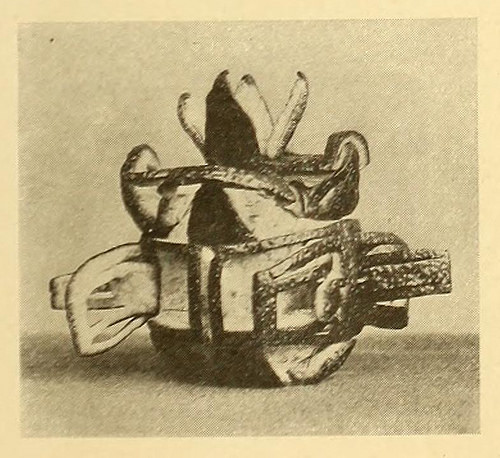
Indeed, an almost endless variety of charming and delightful novelties can be created by the careful manipulation of the peel of this common fruit. Nor can the art of ornamental orange-peeling be described as difficult, and a few self-taught lessons will quickly convince one that here at least, is a unique opportunity for displaying novelty, taste, and skill in the way of decorating the Christmas table with an appropriate fruit. The tools required are of the simplest — a well-sharpened pen or fruit knife and a few small bits of wood, about the size of matches, the latter being needed to keep the peel in the desired place.
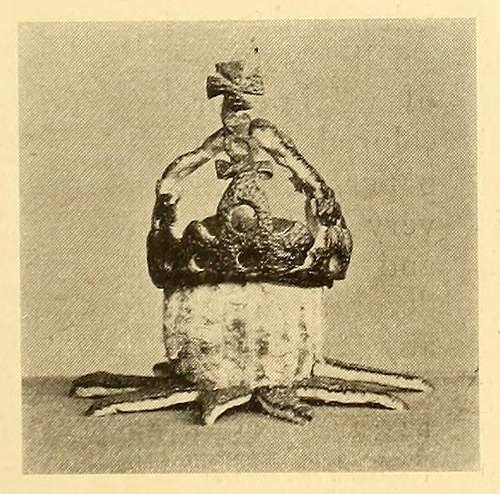
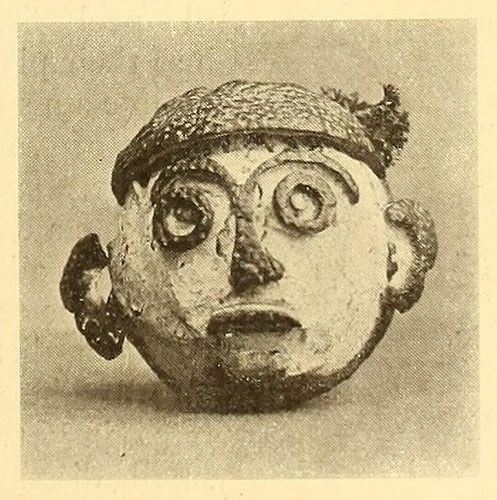
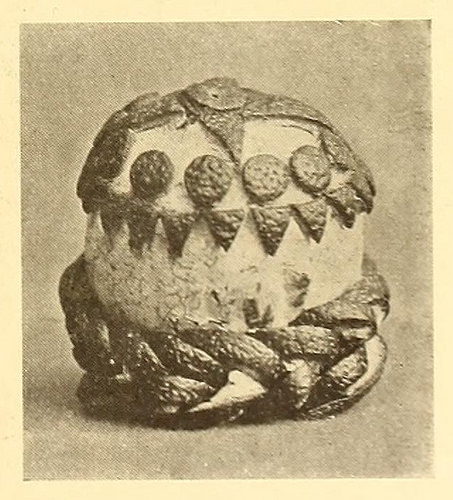
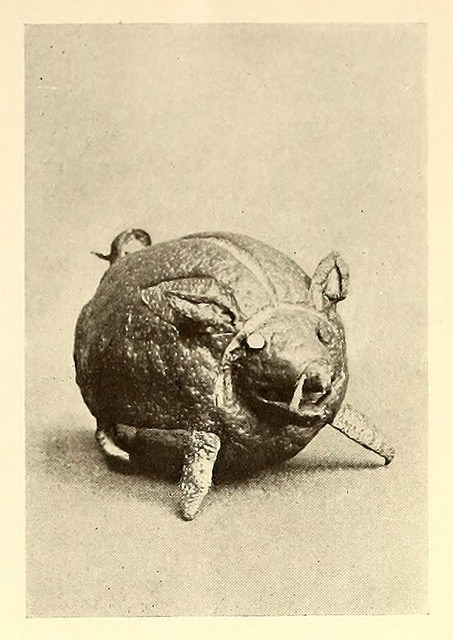
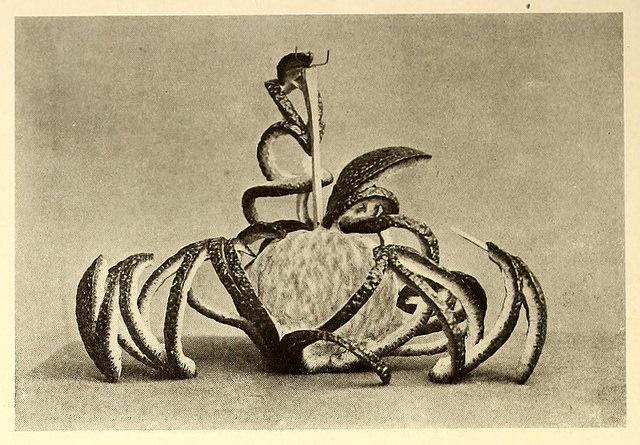
Any kind of orange will do though it is as well to select those of medium skins. Having secured the oranges and the tools we now proceed to convert the skins of the fruit into artistic articles for the adornment of the table, or for the amusement of our friends. Here I cannot do better than to describe how the various creations seen in the accompanying photographs were made.
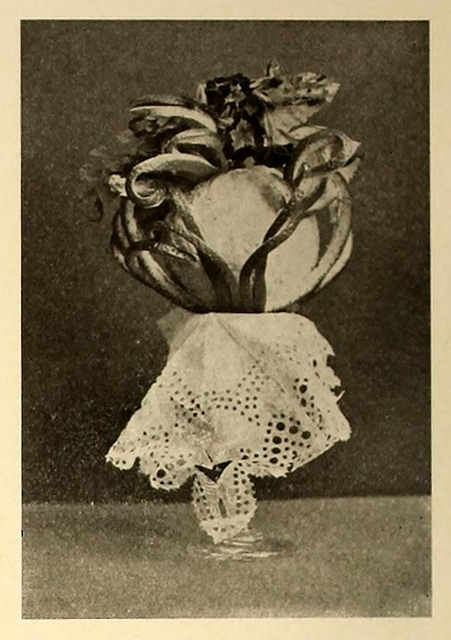
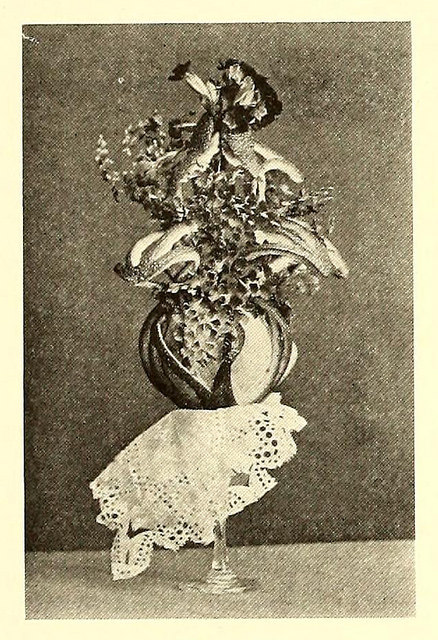
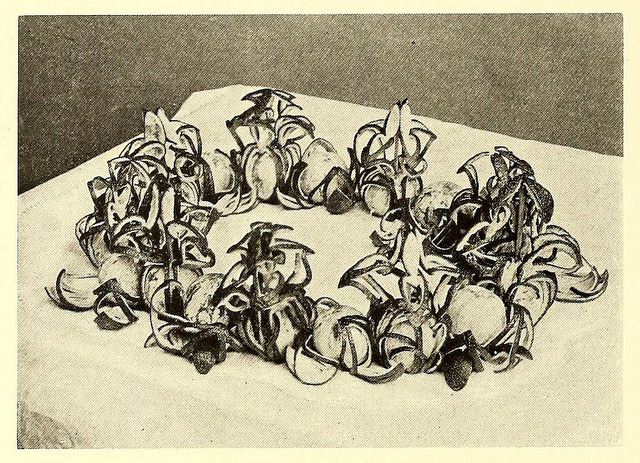
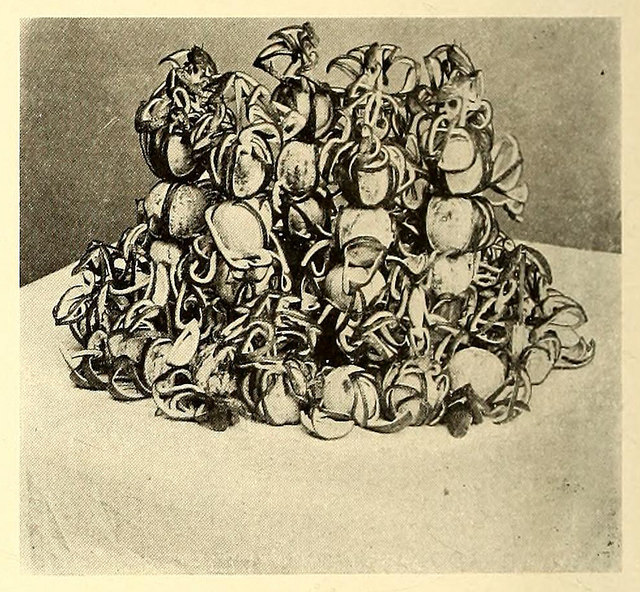
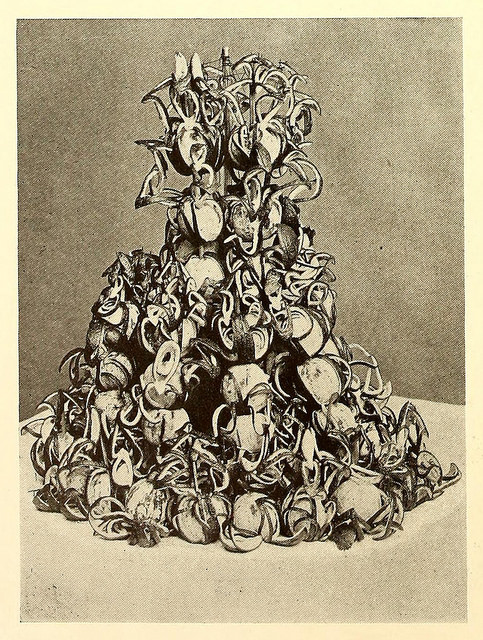
All of these designs will be found fairly simple.
In the case of the crown, it will be noticed that the greater portion of the fruit is left bear. First of all a number of leaves or strips were cut to form the base of the design. Then the remainder of the rind was peeled away with the exception of a narrow strip at the top…
Oranges peeled in the above manner and placed on suitable receptacles under a small square of white or colored fancy paper, form very effective and pretty decorations for any table.
All photos: The Smithsonian Libraries
